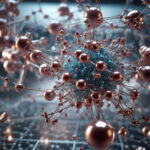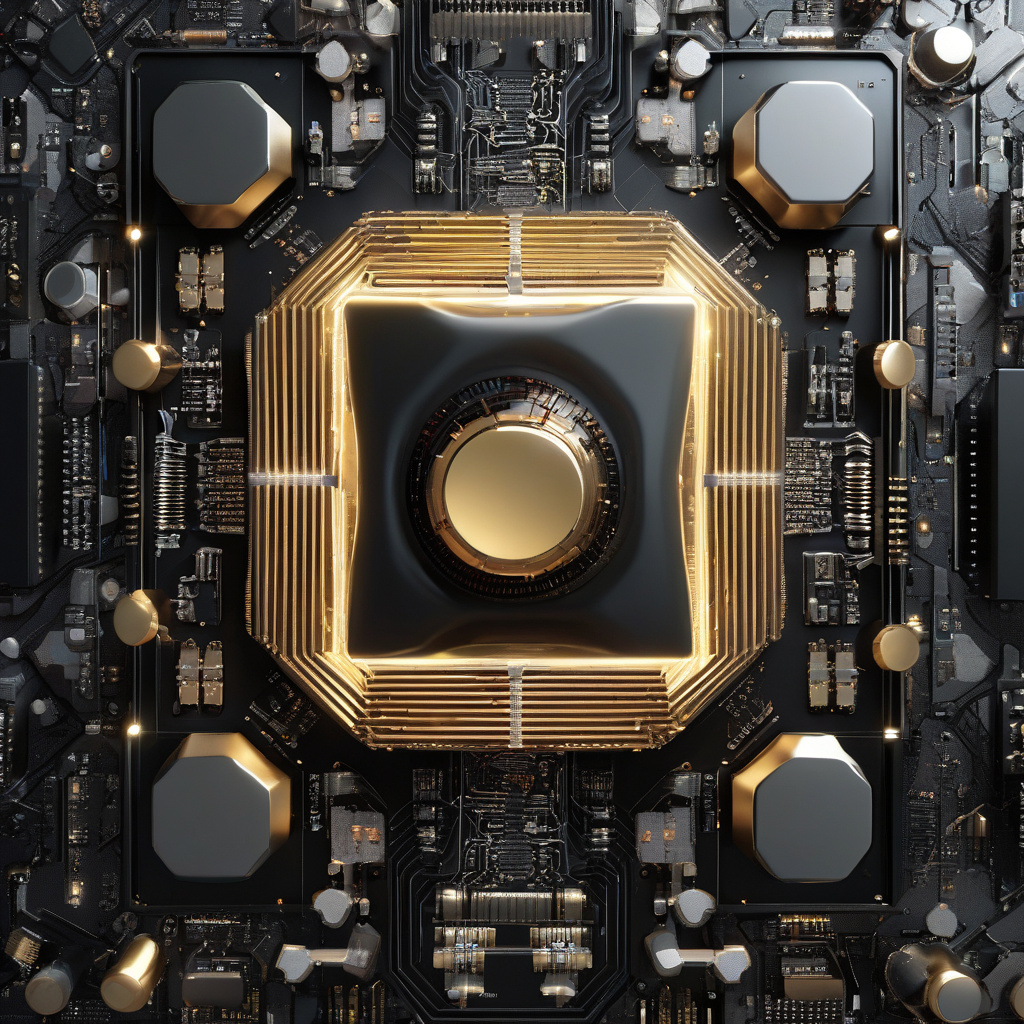Quantum Switch: Miracle Material Uses Magnetism to Encode Information in Excitons
Chromium sulfide bromide (CrSBr) is an intriguing material for scientists as it can handle quantum information in a revolutionary way. This remarkable compound has sparked a wave of excitement in the scientific community due to its ability to encode information using excitons and magnetism. The potential applications of this discovery are vast, ranging from quantum computing to advanced data storage systems.
Excitons are quasiparticles that form when a material absorbs light, creating a bound state of an electron and a positively charged hole. These excitons can carry quantum information, making them a promising candidate for next-generation technologies. In the case of CrSBr, these excitons can be manipulated and controlled using magnetic fields, allowing for the encoding of information in a highly efficient and secure manner.
One of the key advantages of using magnetism to encode information in excitons is the ability to store and process data at the quantum level. Traditional computing systems rely on binary code, represented by bits that can either be 0 or 1. In contrast, quantum computing leverages quantum bits or qubits, which can exist in multiple states simultaneously. This superposition of states enables quantum computers to perform complex calculations at speeds far beyond the capabilities of classical computers.
By harnessing the unique properties of CrSBr, researchers have unlocked a new pathway for quantum information processing. The magnetic properties of this material allow for the precise manipulation of excitons, paving the way for the development of quantum switches that can encode, store, and retrieve information with unprecedented accuracy and efficiency.
Moreover, the use of magnetism in conjunction with excitons offers enhanced security for quantum communication systems. Quantum encryption relies on the principles of quantum mechanics to secure data transmission, making it virtually immune to hacking attempts. By utilizing CrSBr as a medium for quantum information encoding, scientists can create secure communication networks that are resistant to external interference.
In addition to quantum computing and secure communication, CrSBr holds promise for applications in advanced data storage. By harnessing the unique properties of excitons and magnetism, researchers can develop high-density storage devices that are capable of storing vast amounts of data in a compact space. This could lead to breakthroughs in the field of data storage, enabling the development of ultra-fast and energy-efficient storage solutions.
The discovery of CrSBr as a material for encoding information in excitons marks a significant milestone in the field of quantum technology. As researchers continue to explore the potential applications of this miracle material, we can expect to see groundbreaking developments in quantum computing, secure communication, and data storage. The future of information processing is being shaped by the innovative capabilities of materials like CrSBr, ushering in a new era of quantum technology.
In conclusion, the use of magnetism to encode information in excitons represents a major leap forward in the field of quantum technology. By leveraging the unique properties of CrSBr, scientists are pushing the boundaries of what is possible in terms of quantum computing, secure communication, and data storage. The era of quantum switches powered by miracle materials has arrived, promising a future where information is processed and secured in ways previously thought impossible.
Quantum technology, Excitons, Magnetism, Quantum Switch, Data Storage Systems












